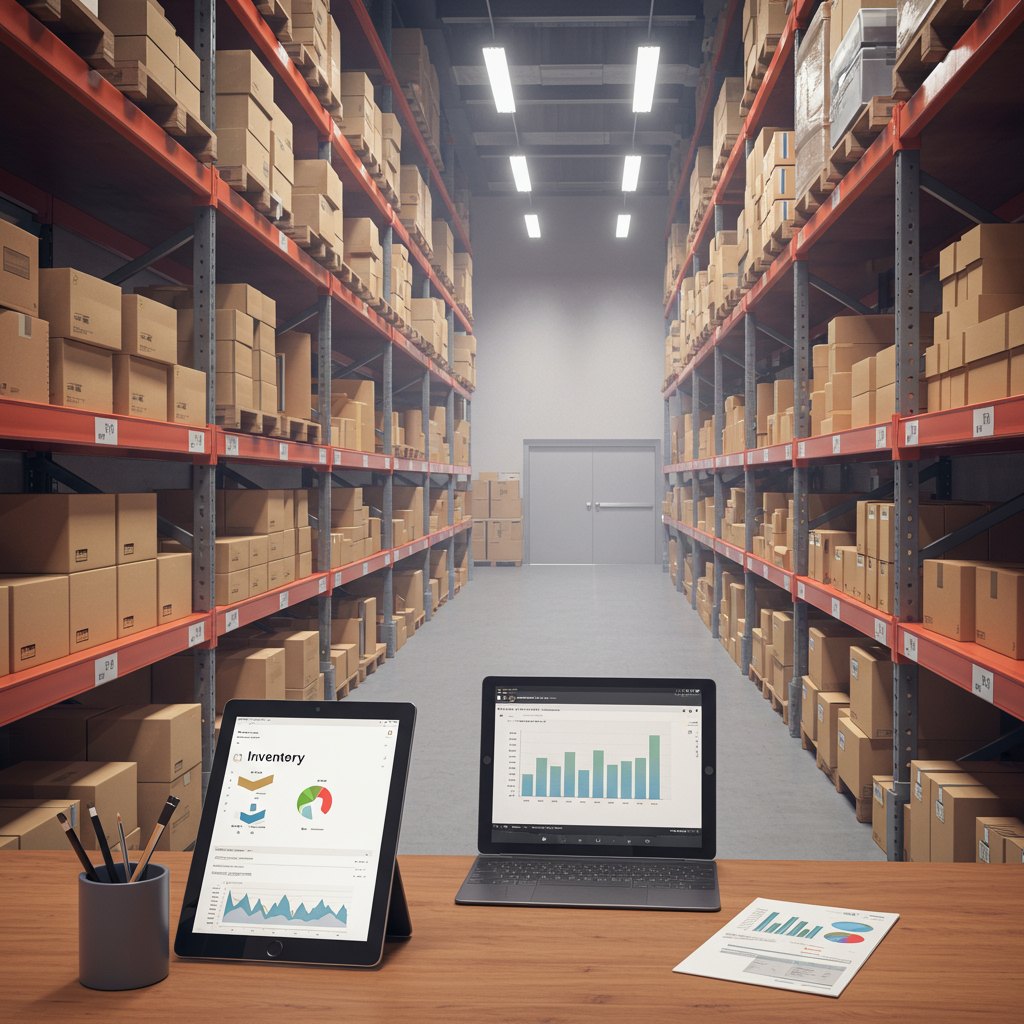From Stockouts to Success: A Merchant’s Journey Through Top Inventory Management Apps for Shopify
As a Shopify merchant, I’ve learned firsthand that managing inventory isn’t just a task; it’s the backbone of a successful e-commerce operation. It’s where profit margins are made or lost, and customer satisfaction either soars or plummets.
For years, I struggled with spreadsheets, manual counts, and the constant dread of overselling a popular item or, worse, having dead stock gathering dust in my warehouse.
The truth is, as your business grows, relying on manual methods becomes not just inefficient but downright impossible. You need a system that scales with you.
That’s why I embarked on a journey to explore the best Shopify inventory management apps available. My goal was to find solutions that could automate, optimize, and ultimately simplify this critical aspect of my business.
In this article, I want to share my insights and experiences with some of the top contenders, helping you navigate the often-overwhelming landscape of inventory software.
First, let’s talk about why dedicated inventory management is so crucial. Without it, you’re flying blind. You don’t know what you have, where it is, or when you need to reorder.
This leads to stockouts, which means lost sales and frustrated customers. Imagine someone wanting to buy your best-seller, only to find it’s out of stock. They’ll go elsewhere.
Conversely, overstocking ties up capital, incurs storage costs, and increases the risk of obsolescence. It’s a delicate balance, and apps are designed to help you strike it.
When I started looking, I identified several key features that I considered non-negotiable for any robust inventory solution.
Real-time syncing across all sales channels was paramount. I needed to know that if an item sold on my Shopify store, its stock level would instantly update everywhere else, preventing oversells.
Multi-location support was another must-have. If you store products in different warehouses, or even have a retail store alongside your online presence, you need to track inventory accurately at each location.
I also looked for robust bundling and kitting capabilities. Selling product bundles or creating kits from individual components can be a huge revenue driver, but it’s a nightmare to track manually.
Purchase order management became increasingly important as my business scaled. Being able to generate, track, and receive purchase orders directly within the inventory system streamlined my supplier relationships.
Comprehensive reporting and analytics were essential for making informed decisions. I wanted to see sales trends, identify slow-moving items, and forecast demand accurately.
Automation features, such as low-stock alerts and automated reorder suggestions, were game-changers. They freed up my time and ensured I never missed a critical reorder point.
Seamless integrations with other tools I used, like my accounting software, shipping platforms, and POS system, were also high on my list. A disconnected tech stack creates more problems than it solves.
User-friendliness was surprisingly important. A powerful app is useless if it’s too complex for me or my team to use effectively. I looked for intuitive interfaces and good support.
Finally, scalability. I needed a solution that could grow with my business, handling increased product volumes and more complex operations without requiring a complete overhaul down the line.
Now, let’s dive into some of the specific apps I explored. While Shopify offers some native inventory features, I quickly found them to be quite basic for anything beyond a very small operation.
For more advanced needs, I found apps like **Stock Sync** to be incredibly useful, especially for multi-channel sellers. It excels at syncing product data and inventory levels across various platforms, not just Shopify.
If your business involves manufacturing or complex assembly, I highly recommend looking into **Katana MRP**. It’s a more specialized tool that helps manage raw materials, production orders, and finished goods inventory.
For a comprehensive solution that handles everything from inventory to order fulfillment and even B2B sales, I found **QuickBooks Commerce** (formerly TradeGecko) to be a very strong contender. It’s robust but comes with a steeper learning curve.
**SKULabs** impressed me with its focus on warehouse management, including barcode scanning, pick-and-pack optimization, and shipping integration. It’s ideal if you’re managing your own fulfillment in-house.
There are also apps like **Stocky**, which is Shopify’s own inventory management app, primarily designed for Shopify POS users. It offers good basic features for retail and online integration.
Choosing the right app really boils down to your specific business needs. Start by assessing your current inventory challenges and what features would solve them.
Consider your budget, but also think about the return on investment. The time saved and sales gained from efficient inventory management often far outweigh the app’s subscription cost.
Most of these apps offer free trials, which I strongly encourage you to take advantage of. Test them with your actual data to see how they fit your workflow.
Don’t forget to read recent reviews from other merchants. Their experiences can provide valuable insights into an app’s real-world performance and customer support.
Once you’ve chosen an app, the implementation phase is crucial. Start by cleaning up your existing inventory data – accurate data in, accurate data out.
Train your team thoroughly. Even the best software won’t perform optimally if your staff isn’t comfortable using it.
I’d love to hear your thoughts on this article. What are your biggest inventory challenges, or what app has been a game-changer for your Shopify store?
In conclusion, investing in a dedicated Shopify inventory management app is not an expense; it’s an investment in your business’s efficiency, profitability, and growth. It frees you from the mundane, allowing you to focus on what truly matters: serving your customers and expanding your brand.






